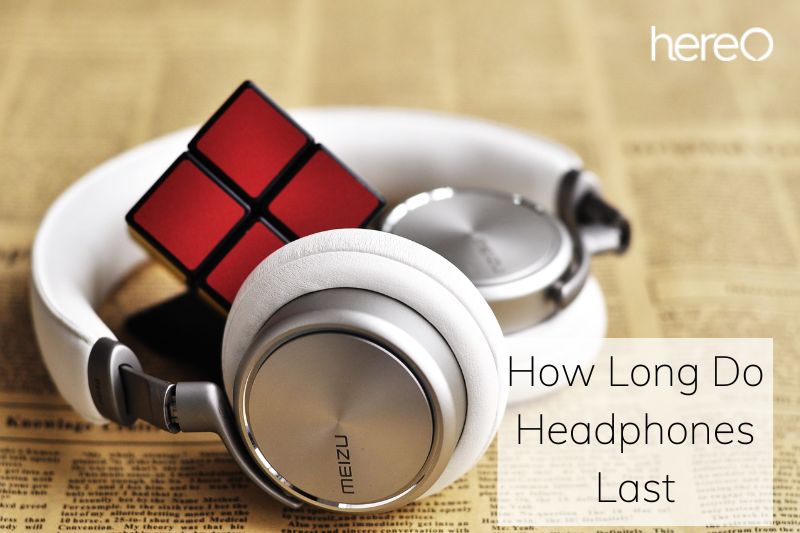So you’ve finally found the ideal headphones that sound and look fantastic. The only catch is that they aren’t exactly inexpensive. Naturally, you want to take advantage of them as long as you can in order to make the most of your investment. That leads to a popular question: how long do headphones last?
Contents
How Long Do Headphones Last?
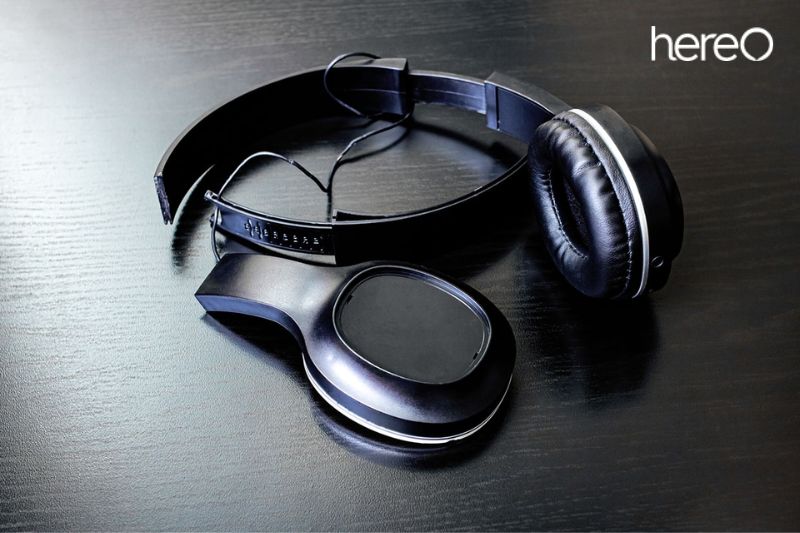
If you care for your headphones, they can last a long time. Proper usage, maintenance, and storage are key to prolonging the life of your headphones. The type of headphones, brand, model, and price can all influence the lifespan of your headphones.
While it is true that higher priced headphones may be of better quality, this does not always mean they will last longer. Earwax buildup can also cause damage to in-canal models, so make sure to clean them regularly. Finally, you should also ensure that the tips of your headphones are dry before putting them back on.
Sometimes, rather than higher build quality, you pay extra for the brand name and other cutting-edge features. Even on a tight budget, it is feasible to acquire headphones with a long lifespan and a great build quality.
For example, many high-end headphones use planar magnetic or electrostatic drivers, which are typically more expensive but produce audio with more fidelity and less distortion.
While these elements raise the price, they have no impact on the total lifespan of the headphones.
Factors Contribute To Your Headphones Lifespan
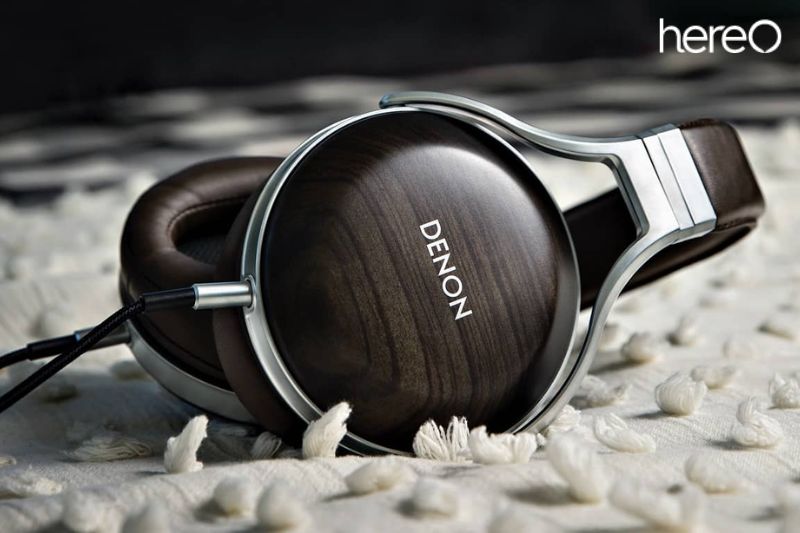
Build Quality
One of the main factors affecting how long headphones last is build quality. It displays how well the various parts and materials were put together to create a sturdy design.
The wire that links one speaker to the next is located in the headband, which also aids in keeping the headphones on your head. On the other side, the paddings assist in protecting your ears from sharp objects like speakers. Additionally, the way they are made helps to eliminate interference and separate sounds.
Material
The sort of materials used in the headband and paddings is frequently a trustworthy predictor of the overall build quality of the headphones.
For starters, if the material used to make the headband is not sufficiently sturdy or flexible, it may become bent after prolonged use. The internal wiring may be impacted by this distortion, which will lower sound quality and fit.
However, because they are constantly in contact with your skin, the material selection for the cushioning is crucial to its performance and comfort.
Some paddings are made of memory foam that has been coated with protein leather, which, like synthetic leather, is prone to tearing. If not cleaned frequently, it may peel, crack, and even smell.
Usage
No matter how well made the headphones are, rough and reckless use will eventually cause them to shatter. The longevity of your headphones may also depend on the environment in which they are used.
Wearing headphones while working outside or in the weather can damage them. Earbuds can become clogged with dust, and headphones’ internal drivers can become damaged by rain or water.
Why Your Headphones Break
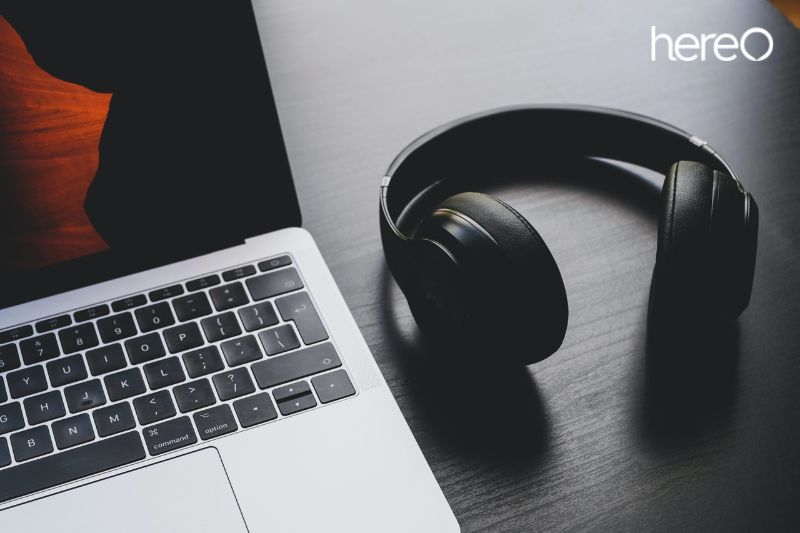
General Wear and Tear
No matter how durable the headphones are, regular use causes some sort of wear and tear on them all. The rate at which a particular part degrades will vary by headphone model and material quality, and certain parts wear out more quickly than others.
Walking over or dropping the headphones causes mechanical damage, which eventually reduces the lifespan of the headphones. Intentional physical damage includes tossing or improperly handling the headphones.
Sweat and Dust Buildup
The most dangerous substances for audiophile in-ear headphones are sweat and dust because they can corrode and block crucial hardware, which can lead to permanent damage to the headphones. Reduced effectiveness and eventual headphone failure are the outcomes of this.
Since sweat has the potential to be corrosive, it is more harmful than dust, even though most HiFi in-ear monitors come with dust filters. Only dust has the ability to obstruct airflow and degrade sound responsiveness.
Because of these factors, maintaining audiophile headphones on a regular basis will help them maintain their original quality and lifespan.
Because most of their components are located away from the ears, over-ear models don’t suffer from sweat as much. They can accumulate over time, though, and are more exposed to dust.
Dust is not hazardous, however some planar headphones can be difficult to clean since there is a chance that the planar magnetic drivers could fail.
Humidity and Moisture Buildup
The headband cushion and ear pads are most likely to sustain damage from ambient humidity, which can also harm the headphones’ internal parts like sweat can.
If the headphones are often cleaned, sweat is not a problem. The comforting materials, such as the padding and headband cushion, can, however, collect moisture in humid environments and become damp.
Headphone Parts That Wear Out More Frequently
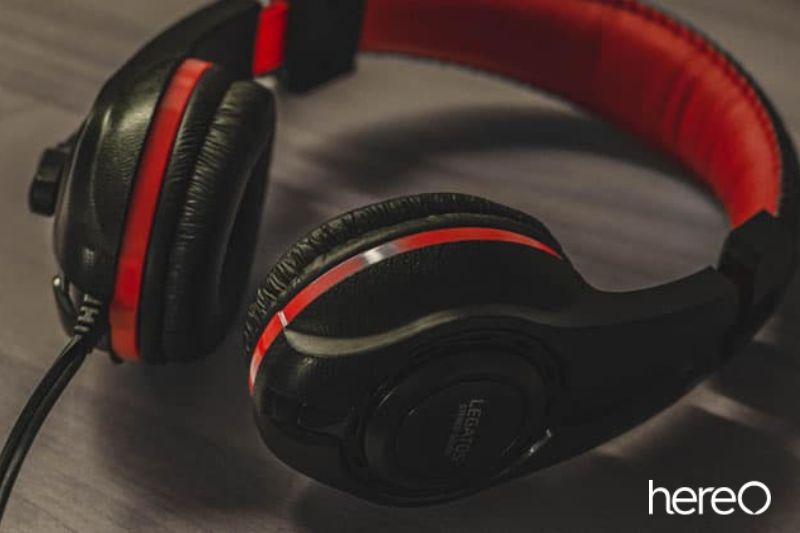
The ear pads are the component of an audiophile-grade headset that is most prone to fail. When this occurs, the padding in the headband and the headphones both start to feel less and less comfortable.
The next most probable components of an audiophile headset to break are the cable, the hinges that attach the ear cups to the frame, and the drivers.
Headphone Pads
On average, ear pads last two years. They are less expensive to replace because they are made of thick memory foam and have leather, fake leather, or velour upholstery, but the foam can also get tighter and more uncomfortable over time.
Genuine leather upholstery of the highest caliber and treated properly lasts longer than velour or synthetic materials. Even yet, as the memory foam within compresses, the earpads lose their functionality even if they are not physically harmed.
There is no way to prevent this degradation, therefore investing in a pair of audiophile headphones with replacement pads is always a smart move. The majority of pads should be changed every two years, however the foam inside them can last from one to four years, depending on maintenance and environmental humidity.
Water and humid environments should be avoided because they damage the foam’s structural integrity.
Headband
Leather and synthetic leather are the materials that are used for headbands the most frequently. Although leather is biological and resilient, it does deteriorate over time when exposed to moisture; the amount of moisture in the air and the temperature of the surroundings control how quickly this happens.
Cable
Even in some high-end audiophile headphones, headphone cables have a common structure. Due to internal strains brought on by regular use, bending, oxidation, and loss of electrical conductivity at the pins, they are readily damaged and wear out after 4-5 years.
Fortunately, the majority of audiophile headphones come with several wires or detachable cables.
Hinges
Due to mechanical stress, hinges are another flimsy component of audiophile headphones. The majority of hinges are poorly built and made of plastic or metal plating on the surface, which makes them break more easily.
In contrast to other components of headphones, hinges cannot be changed. Only a 3D replacement hinge or sending the headphones back to the maker for repair or replacement can fix a damaged hinge.
Headphone Drivers
The audio drivers of the headphones are the final component to degrade. The lifespan of various headphone models can vary significantly, though, because there are numerous types of drivers and not all of them are created equal.
Planar magnetic drivers, which are used in high-end headphones, are what are known as planar magnetic drivers and have various advantages over dynamic drivers in terms of sound reproduction. Sadly, planar drivers are not as robust and are susceptible to damage from physical strain.
Because planar drivers have a very thin and delicate high-tension diaphragm, they are more prone to breaking than dynamic transducers. So, if you want your planar headphones to last, handle them gently.
How to Make Your Headphones Last Longer
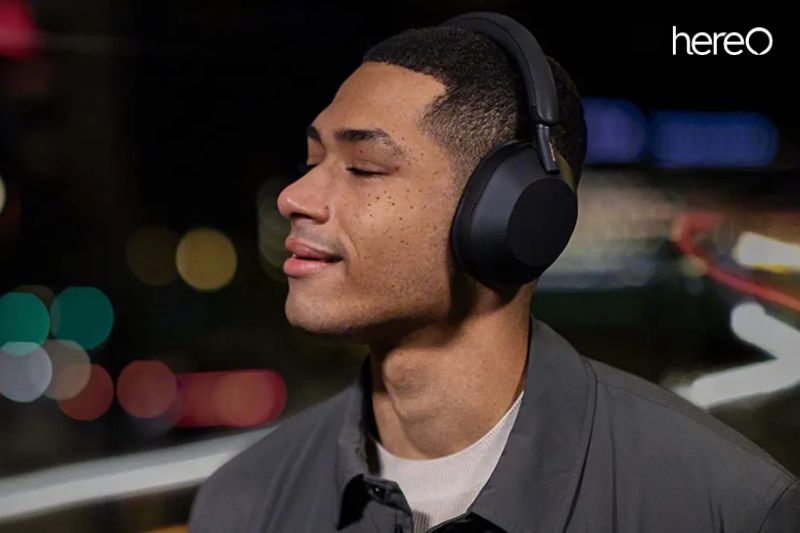
A key element in determining the longevity of any headphones is proper and consistent maintenance. If you want your headphones to last as long as possible, even high-end models require routine care and maintenance.
Clean Them After Use
Understanding correct earphone cleaning procedures will assist stop the accumulation of lint, oils, and other debris. These can obstruct the internal electronics and reduce sound quality if not cared to. Even worse, the buildup of moisture may cause corrosion, become unsanitary, and even become a source of ear infections.
Store Your Headphones Properly
A headphone storage case is something you should think about purchasing, especially one with a hardshell.
A hardshell case can prevent your headphones from being harmed by accidental drops, as opposed to just throwing them inside your backpack without any protection. Additionally, it keeps your stuff from becoming tangled up with the cables of your headphones.
However, if the bulk of hard covers doesn’t appeal to you, you might think about spending money on at least a soft carrying pouch to protect your device from dust and scratches.
Moderate the Volume
In addition to damaging your hearing, playing audio at high volumes for an extended period of time can burn out the voice coils in your headphones, which are responsible for moving the sound-producing diaphragm. To protect your headphones and hearing, keep your listening volume moderated to levels that are comfortable.
FAQs about How Long Do Headphones Last
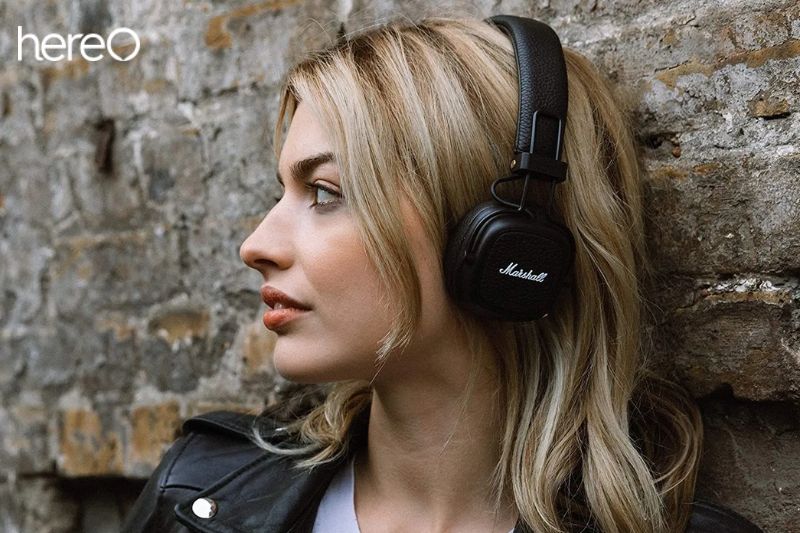
What is the lifespan of a headphone?
A set of high-quality headphones typically lasts between five and ten years.
Do headphones lose quality over time?
Yes, the audio quality can deteriorate over time, but it can be very difficult to determine when the process begins. This is dependent upon the purchase price, frequency of use, and construction materials. It goes without saying that more expensive headphones will be of higher quality overall.
How long should wireless headphones last?
The best wireless earphones are made for everyday use. Your wireless earphones could last you up to two or three years if you take proper care of them. This depends on the brand you use and how often you use them. But the nice part is that most brands have lifetime warranties on their wireless earphones.
Conclusion
The answer to this question is not a one-size-fits-all answer, since headphones come in all shapes, sizes, and materials. However, with proper care, you can make sure your headphones last as long as possible. To ensure the longevity of your headphones, be sure to store them properly and clean them regularly.
Thank you for reading this article from hereOfamily.
